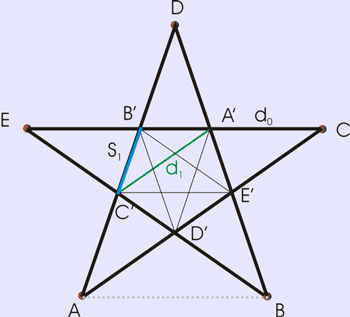|
|
They say that the man (Hipassus) who first divulged the nature of commensurability and incommensurability to men who were not worthy of being made part of this knowledge, became so much hated by the other Pythagoreans, that not only they cast him out of the community; they built a shrine for him as if he were dead, he who had once been their friend. Others add that even the god became angry with him who had divulged Pythagoras' doctrine; that he who showed how the icosagon (that is the dodecahedron, one of the five solid figures) can be inscribed within a sphere, died at sea like an evil man. Others still say that the same misfortune happened on him who spoke to others of irrational numbers and incommensurability. Hyamblicus (or Iamblichus of Chalkis), De vita pythagorica 246-247 Hippasus of Metapontum, born circa 500 B.C. in Magna Graecia, was a Greek philosopher. He is the disciple of Pythagoras to whom is attributed the discovery that the square root of 2 is irrational. After the number was revealed to be irrational, the Pythagoreans according to a legend killed Hippasus, not wishing to believe this fundamental number could fail to be a ratio of integers. He was also noted as an early experimenter in acoustics and resonance. Few of his original works now survive.
Retrieved from "http://en.wikipedia.org"
 |
|
|||||||||||||||||
